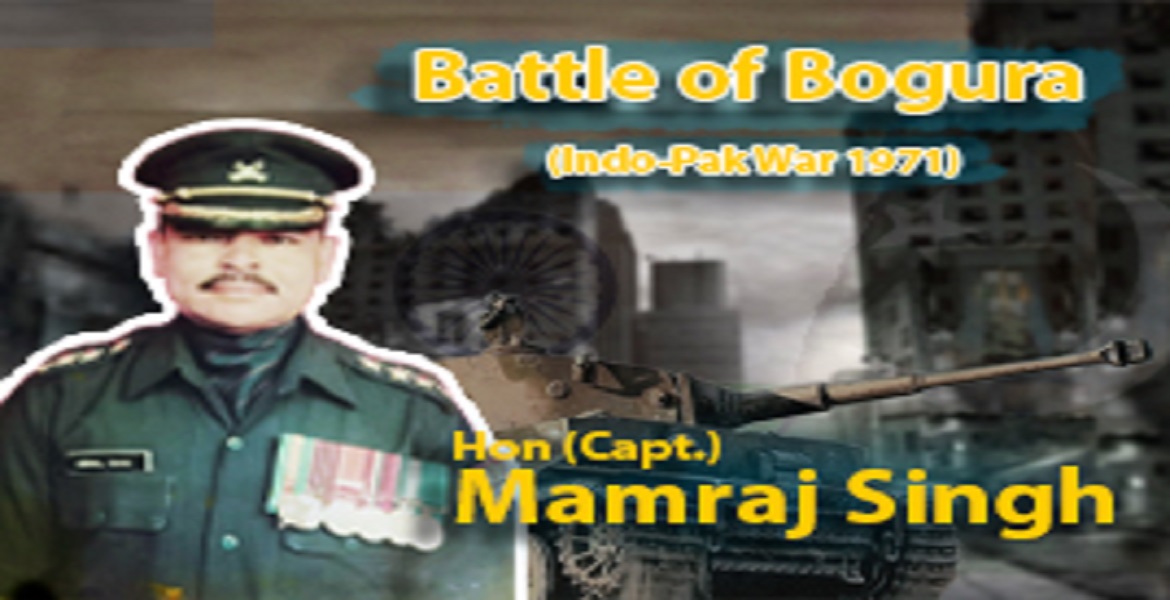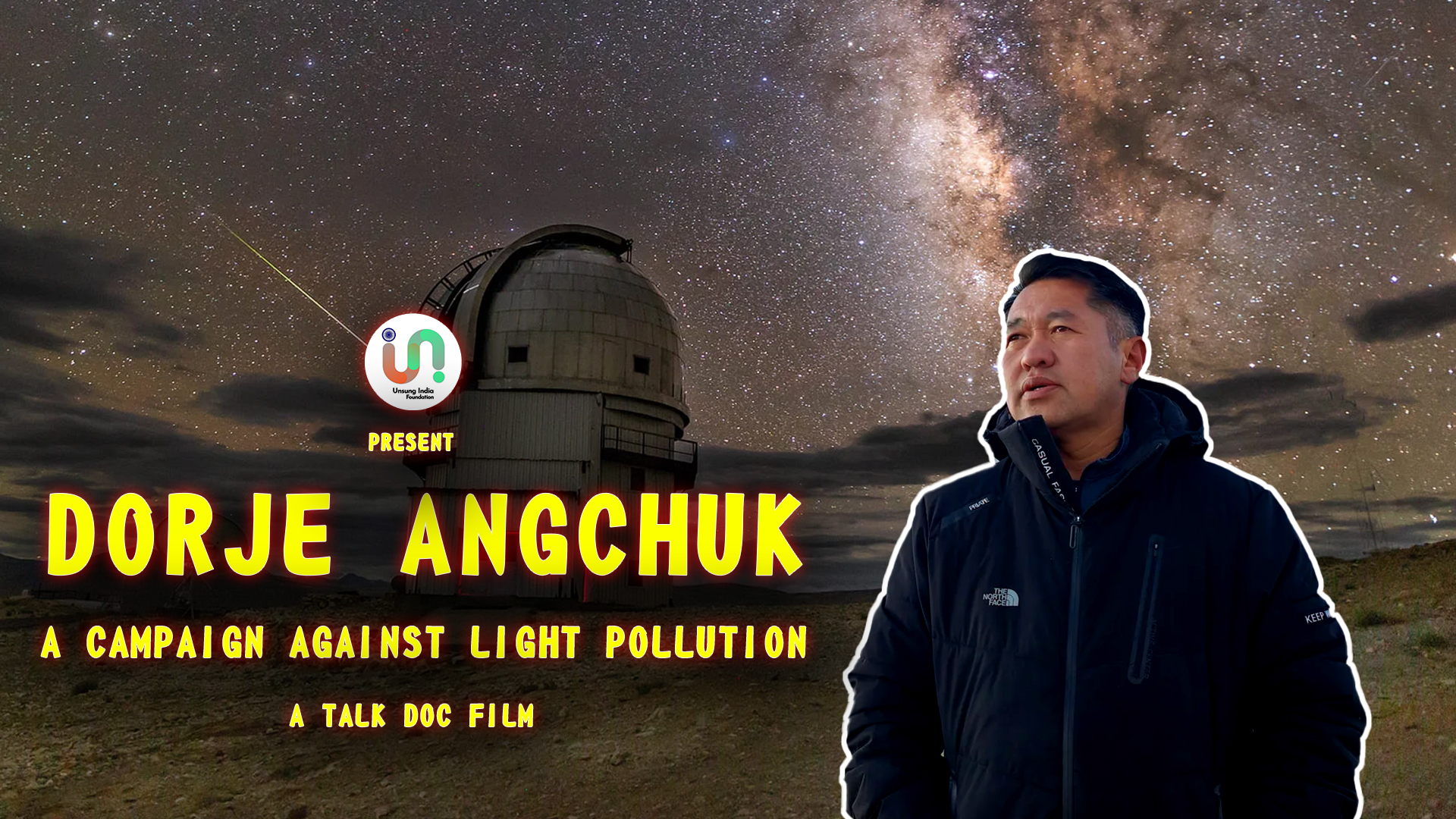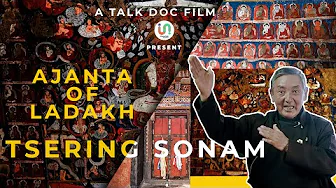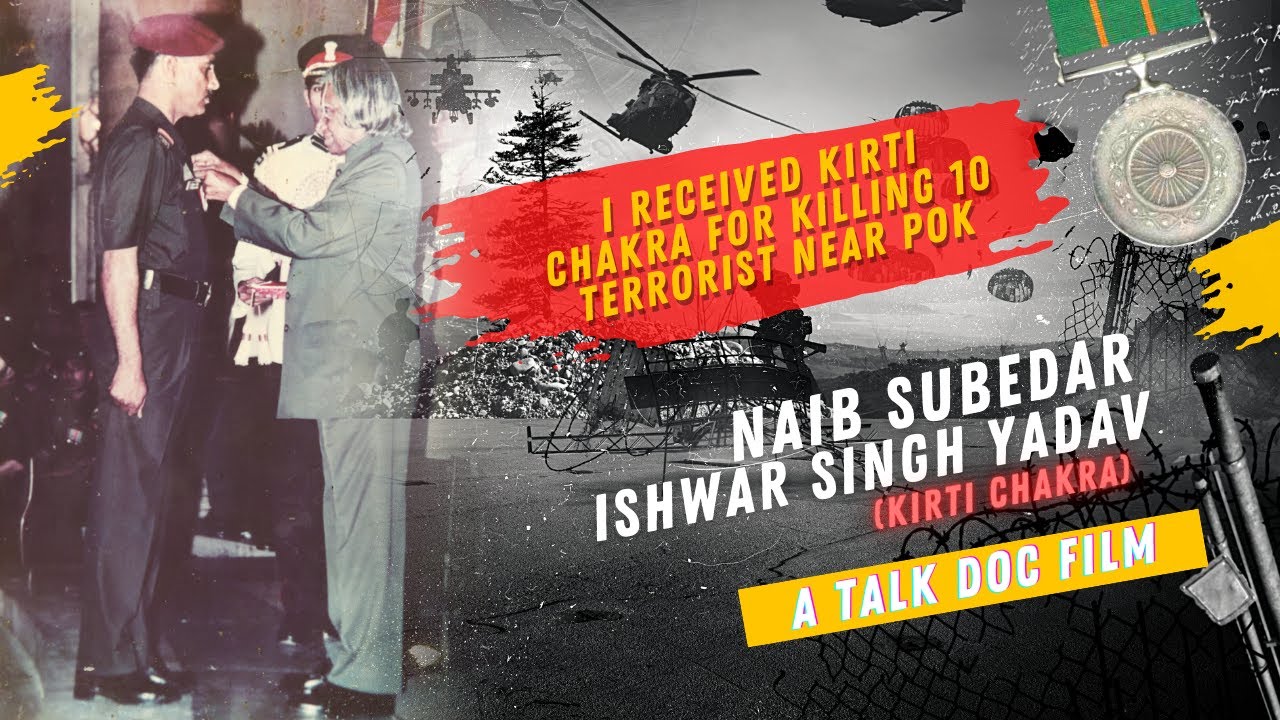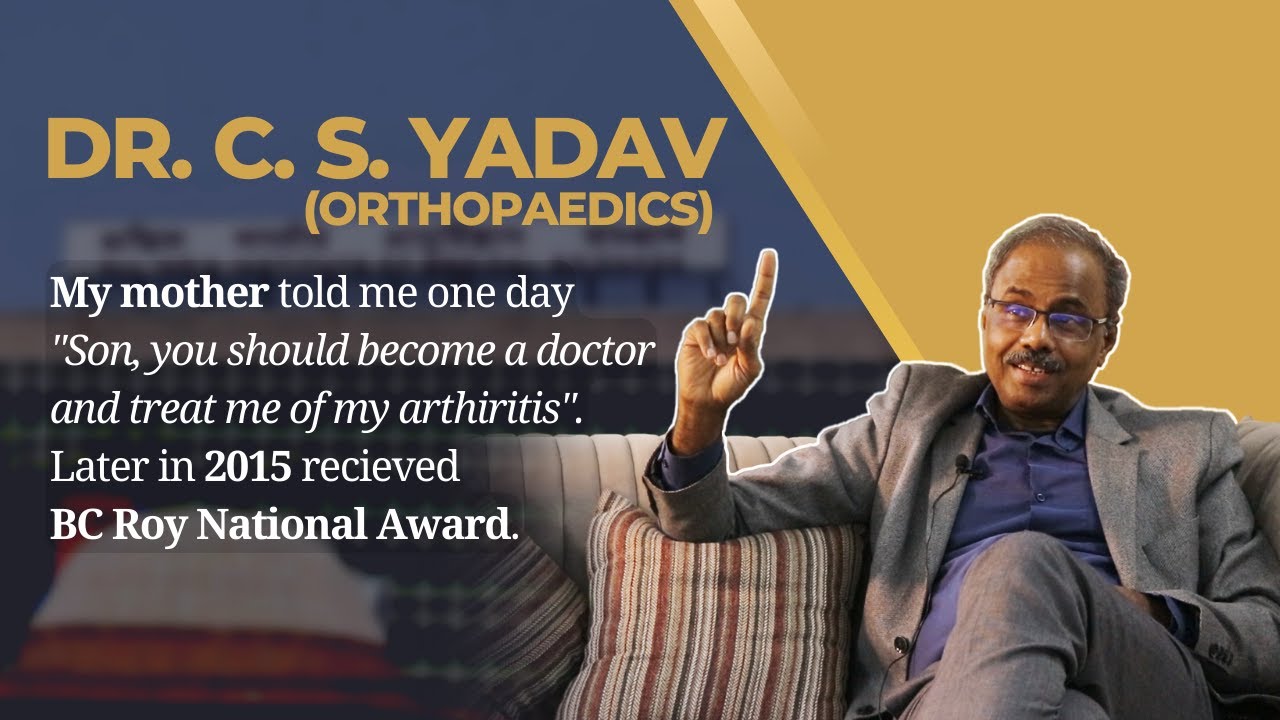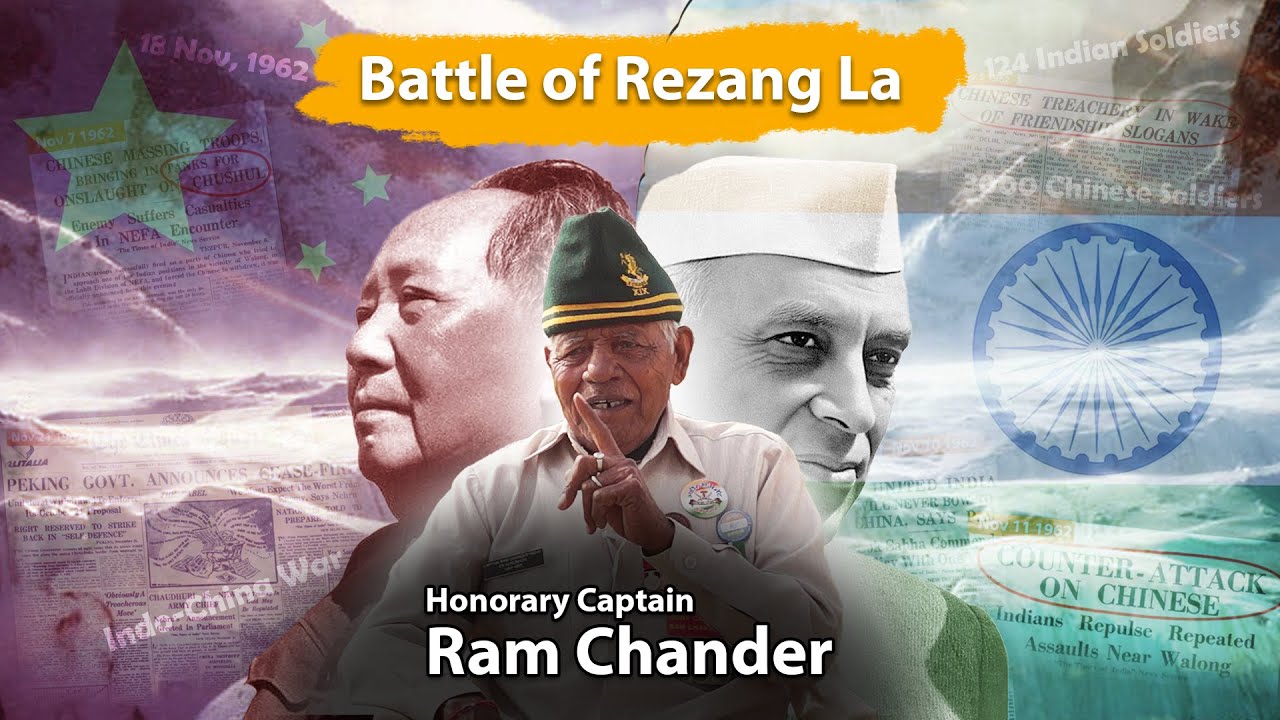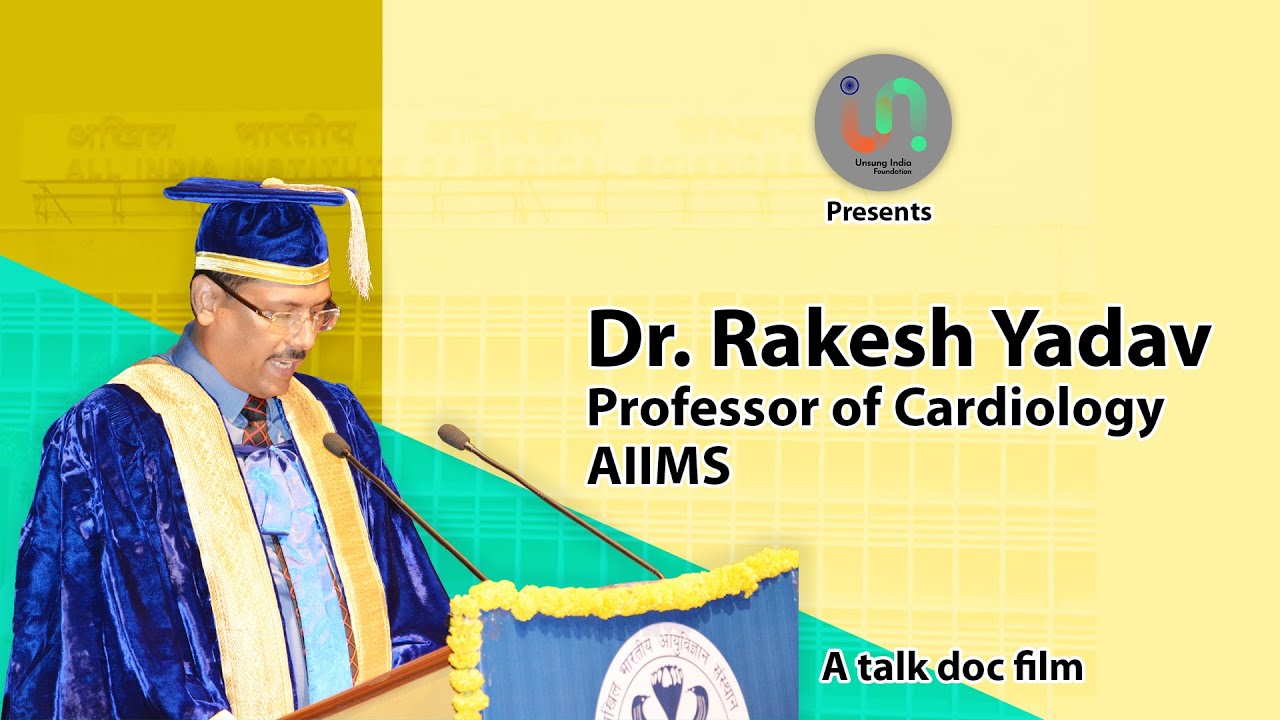The stories of the soldiers who embody the true meaning of bravery have inspired so many young people. In the face of overwhelming odds, these valiant men and women keep the country united and the Tiranga flying high; Naib Subedar Ishwar Singh Yadav is one of them. The proverb 'Himmat e Marda Madad e Khuda' (God helps the courageous) suits him perfectly. Yadav is one of the few soldiers who has been in the firing line during every war or warlike situation he has been a part of. He was wounded while fighting militants at the Golden Temple complex in 1984. In 1987 and 1988, he fought with the Liberation Tigers of Tamil Eelam in Sri Lanka. He was seriously injured in two separate encounters with seasoned Naga enemies in Nagaland between 1991 and 1994. He was stationed at the most dangerous outpost on the Siachen Glacier in 1997. He fought Pakistani infiltrators with his bare hands during the Kargil War in 1999. In November 2001, he was awarded the Kirti Chakra for his bravery and perseverance in not only killing the terrorists but not getting a single civilian injured during an open fire situation in Jammu & Kashmir. Let's find out more details of this dumbfounding incident that took place in 2001 from Naib Subedar himself.
When did you encounter a group of ten terrorists all of a sudden?
There was a tense situation in Pakistan-Occupied Kashmir. My team and I were deployed to restore peace and harmony. On our way, we came across a civilian who complained to us about ten suspicious men who forcefully broke into his brother's house and tortured them. At first, I doubted his story, but then he said,
'Sir, verify it once and kill me on the spot if you find my narrative bogus'
I thought if he was ready to die, he must not be lying. We decided to go and check his home. At a mere distance of 300 meters from his home, we saw an old man who went running inside to inform the terrorists about us.
How did you plan the entire operation?
"It was a do-or-die moment for us. Though we were just ten in number, I wanted the terrorists to believe that a whole battalion surrounded them"
First, we went above their hiding spot to safeguard ourselves from stone pelting. There were two waterfalls and bridges. I positioned the first two soldiers, one with a light machine gun (LMG) and the other with a rifle, in opposite directions at the first bridge, then two riflemen at the second bridge. Thereupon we went a little upward, where I positioned two more soldiers, one with LMG and the other with a rifle, and the rest of us were to start the open fire. I asked the other soldiers to fire only when we four stopped so that we would not run out of ammunition, and the terrorists would also believe we had outnumbered them.
How did you manage to differentiate between terrorists and civilians during the combing operation?
Terrorists often try to hide behind civilians. It's tough for the army to differentiate between the two, especially in sensitive zones like Jammu & Kashmir. During the open fire situations, the men with arms are considered terrorists, and the rest are civilians; we followed the same strategy.
What was the face-off like?
First, two militants and their commander came forward and started an open fire. We were above them; for us, it was an advantage, and we shot them immediately. As these militants neither got proper training nor carried too much ammunition, they got scared and dispersed to hide. We had only killed three of them so far, so we searched for the rest of them. Later on, we discovered that they had Chinese grenades, known to explode real quick without fail. One of the militants I faced directly had a Pika gun that fires 50 rounds/minute. He was hiding beneath a huge stone and was constantly firing. After a while, he ran out of bullets, so he began to reload its magazine. Luckily the bag in which the belt was kept slipped off his hands; as soon as he came forward to grab it, I got a golden opportunity to kill him. Once the pika gun stopped, it became easy for us to get over them; finally, we killed each one of them and succeeded.

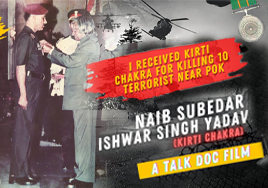

.jpg)
